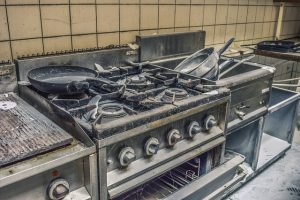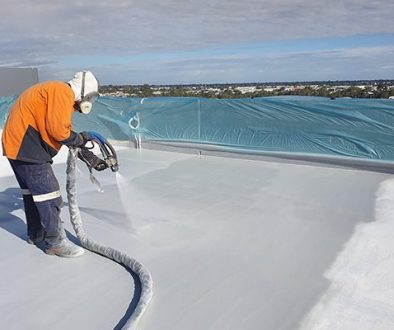Hygienic Food Preparation
![]()

Food grade epoxy flooring solutions
When it comes to the type of flooring you choose for your commercial food preparation and serving areas there is a significant difference between standard flooring and food grade epoxy flooring. Standard surfaces, such as concrete, do not offer the same level of hygiene and durability that an epoxy floor coating provides. Let’s look at the differences more closely, and you will see that the investment in a food grade epoxy floor covering is well worth it.
Hygiene
A top concern when choosing what type of flooring to use for your food preparation and service facility is, of course, hygiene. Concrete surfaces are magnets for dirt, dust, debris, and mites because the material is, by nature, porous. Also, as it is used over time, and heavy equipment is driven and moved across it, not to mention heavy objects being dropped onto it, concrete also develops cracks. All of this adds up to endless hiding places for dangers that you can’t even see. Sweeping and mopping will never adequately eliminate the problem, since the pores and cracks will always exist.
When you cover the concrete with food grade epoxy flooring, however, you eliminate the hiding places because the coating seals every pore and crack, leaving the entire floor surface exponentially more hygienic for food preparation.
Durability
A concrete floor will withstand some abuse, but over time it will develop cracks and holes. This is due to chemical spills and acidic food spills that are not properly and quickly cleaned up, and heavy equipment being dropped and driven on the floor. When you add the durability of a food grade epoxy, flooring becomes more stable and durable. Cracks and holes are eliminated and your flooring is protected against future episodes since the epoxy combats chemical and food spills, and resistant to damage caused by heavy equipment.
Food grade epoxy flooring is a logical investment. It adds life and durability to the floor, and, more importantly, for commercial food preparation and service areas, the epoxy adds a level of hygiene that concrete simply can’t touch.


